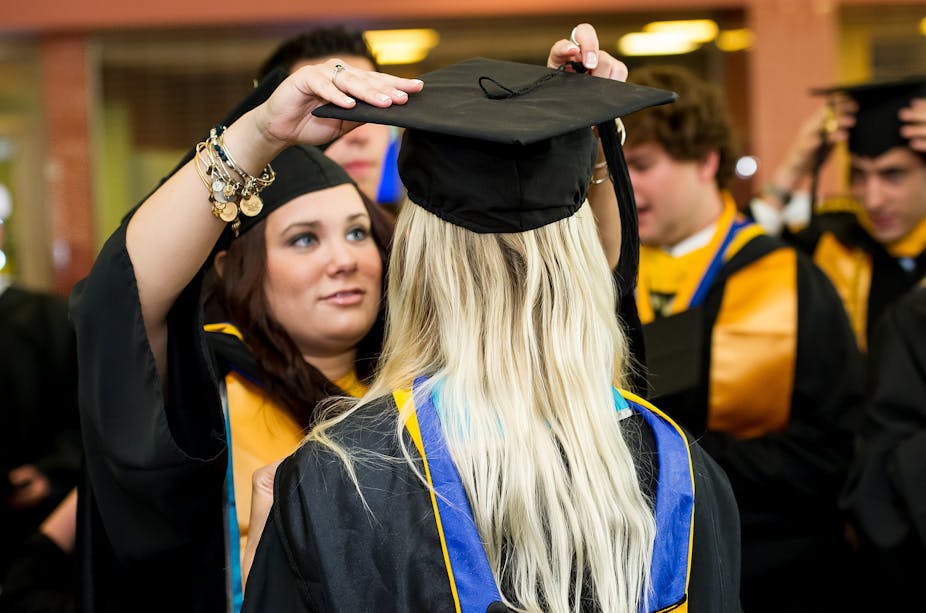How Global Trade Affects School Funding: A Look at Tariffs global trade impacts everyone, even if we don’t always see it. From the food we eat to the clothes we wear, international commerce affects our daily lives. But what about schools? Could the effects of trade wars and tariffs trickle down to local classrooms? The answer is yes. In this article, we’ll examine Trade Wars and the Classroom: A Hidden Connection and explore how global trade influences school funding at the local level.
What Are Trade Wars?
Trade wars happen when countries impose tariffs on each other’s goods. These tariffs are meant to encourage fair trade. However, they often lead to increased costs for many products. These added costs can be seen in various industries, including education.
For example, schools rely on many products that come from other countries. This includes everything from textbooks to the latest technology. When tariffs increase, the price of these goods rises, making it harder for schools to afford them. This can affect everything from classroom supplies to the building and maintenance of school facilities.

How Tariffs Affect School Supplies
Schools depend on imported goods for their operations. Textbooks, computers, educational software, and other supplies are often made abroad. When tariffs are imposed on these goods, prices rise. Schools must then decide whether to absorb these costs or cut back on other areas. This decision can lead to shortages of necessary materials in classrooms.
For example, imagine a school that relies on tablets for student learning. With the rise of tariffs, the price of these tablets goes up. The school now has to choose: keep the tablets or use the money elsewhere. Unfortunately, many schools don’t have the flexibility to make these kinds of decisions, especially in districts with limited budgets.
Rising Construction Costs
It’s not just supplies that are affected. Trade Wars and the Classroom: A Hidden Connection also extends to the construction and renovation of school facilities. Many schools need to update their buildings or build new ones to accommodate growing student populations. However, tariffs on construction materials—like steel and aluminum—make these projects more expensive.
As construction costs increase, school districts are faced with tough choices. Should they delay building a new school? Should they reduce the scope of renovations? These delays can lead to overcrowded classrooms and outdated facilities, ultimately affecting students’ educational experiences.
The Impact on Teacher Salaries
Teachers are the backbone of education. But the impact of tariffs doesn’t stop at supplies and buildings—it also affects teacher compensation. When trade wars lead to economic slowdowns, school districts may face budget cuts. As a result, salaries for teachers may stagnate, or even worse, decrease.
This issue is especially concerning in underfunded districts, where recruitment and retention of teachers are already a challenge. Lower salaries mean that fewer qualified teachers will be attracted to these districts, leading to higher turnover rates and less stability in classrooms. This can affect the quality of education that students receive.
Government Funding and the Ripple Effect
Most schools are funded through a combination of local taxes and government funding. When global trade issues affect the economy, government revenues may decrease. This reduction in revenue can trickle down to local schools, causing further financial strain.
As school budgets are reduced, districts may have to make cuts. This could mean eliminating extracurricular programs, reducing staff, or cutting back on essential services. The consequences of these cuts are felt most acutely by students, especially those from disadvantaged backgrounds.
Long-Term Effects on Students
The ripple effects of tariffs and trade wars can last for years. When schools face budget cuts, students bear the brunt of the impact. Overcrowded classrooms, outdated technology, and limited resources can make it more difficult for students to succeed.
Furthermore, when schools cut back on programs like arts education or physical education, students miss out on important developmental opportunities. These cuts can have a long-term impact on students’ personal growth and ability to thrive in a rapidly changing world.
How Schools Can Cope with Rising Costs
While the effects of tariffs and trade wars are certainly concerning, there are steps schools can take to mitigate the impact. One option is for schools to explore additional funding sources. Public-private partnerships, for example, can help schools raise money for special projects or provide resources that might otherwise be out of reach.
Another strategy is for school districts to collaborate. By pooling resources, sharing best practices, and negotiating bulk purchases, schools can reduce costs and ensure that their students still have access to the materials they need. This kind of collaboration can help schools maximize their budgets while minimizing the effects of rising costs.
The economic impact of global trade is far-reaching, and Trade Wars and the Classroom: A Hidden Connection highlights how these trade disputes can trickle down to the local school level. From rising costs for supplies and infrastructure to the effect on teacher salaries, tariffs can create significant challenges for school systems.
Despite these challenges, there are opportunities for schools to adapt. By exploring alternative funding sources and collaborating with other districts, schools can weather the storm caused by global trade issues. As we move forward, it’s essential that we continue to prioritize education, even during times of economic uncertainty, to ensure that all students have the resources they need to succeed.






